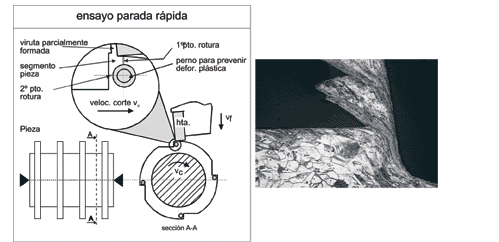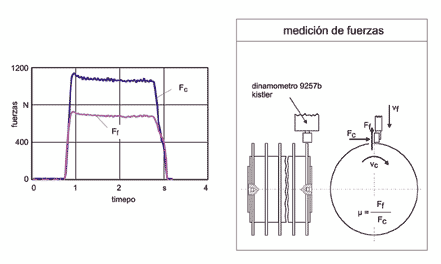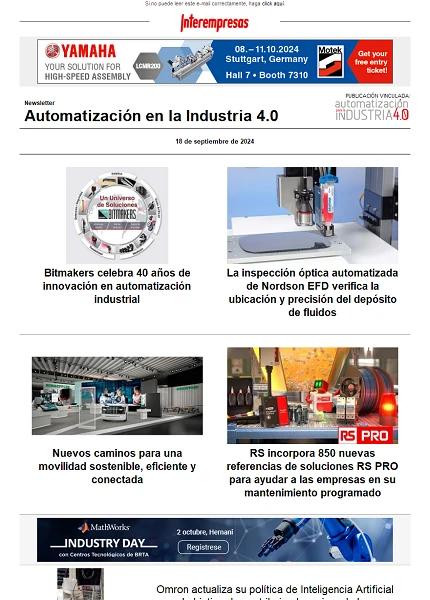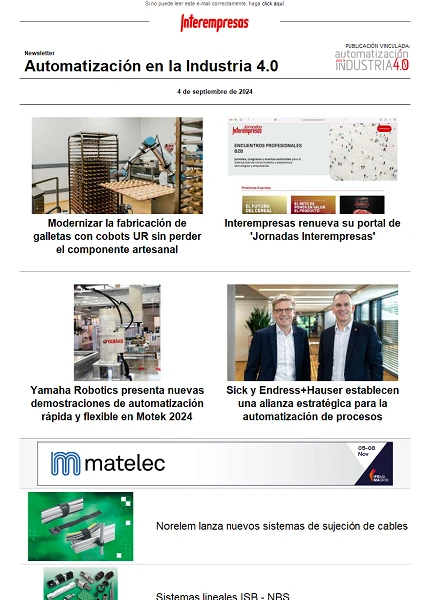Implementation of various specific tests of machinability
* Martensítico: 12 - 18% Cr, Ni 0.1 - 0.8% C + trat. thermal
* Austenitic: 12 - 30% Cr 7-25% Ni
* Austenitic with a low concentration of Ni and Mn high
* Duplex (ferritico-austenitic) 22-25% Cr, Ni, Mo, N 4-7% under % C
In comparison to conventional coal steel machining, the Machinability of stainless steel, and in particular that of the austenitic group, is much more difficult/challenging economic and technologically.
The typical problems present in the turning of stainless steels are the short life of the tool, the poor training of the chips as well as the effect of hardening by deformation in machining operations.
The amount of stainless steel currently used in industry is significantly less than the amount of hardened and tempered steel. On the other hand (according to Sandvik), about 30% of all the tools of turning manufactured are used for the machining of stainless steel.
That is why machinability properties to represent an argument of marketing essential for the production of stainless steel industry. The development of stainless steels with improved machinability, as well as an improvement of the processes of machining of stainless steels generally lead to a considerable potential for cost reduction, with regard to the production of components, thus expanding the range of application of these materials.
The benefit will depend on base, operation of machining, type tool and cutting conditions in much of the material itself.
This article focuses primarily on the implementation of some specific machinability tests such as the ISO 3685, measurement of cutting forces and quick stop tests, necessary to deepening on the basic principles of the process of cutting these materials.
Trials methodology
The dispersion of values observed depending on the machined materials, is due to the presence of various additives present in the composition of steels, as well as their microstructure. It is so interesting to analyze further the existing tool-material interactions during the formation of the chip. In this sense, describes measurements of forces and trials of quick stop.
The machinability for these materials will be defined depending on the evolution of various variables as wear of tool, friction between tool and material, surface quality, geometric tolerance, formation of the particle, is the same, etc.

A new cutting tool is used by each analysed parameter mecanizing in each case a same amount of volume of material of Vw = 125 cm3 (material 1 kg). Once the process of turning is studied flank wear, and can thus analyse the evolution of this wear depending on the machined material and the parameters used.
Once be identified the most significant parameters, began the study of life of the tool according to standard ISO 3685, for turning of various materials to analyze. The results of these tests allow to visualize the evolution of the life of tool based on the parameters used and the volume of mechanized material.
The study is completed with the analysis of the mechanisms of wear and tear and training of chips. One of the most simple methods of analyzing the formation of the chip or see indications of the type of mechanism of wear in turning these materials lies in the use of quick stop and test analysis of cutting forces present in the formation of the chip.

Using the same parameters of court selected as the most significant, and making use of a specific piece geometry, shavings are obtained as the one presented in Figure 2. Shavings that through adequate instruments of measurement, as the EDX analysers, microscopes, etc. provide lots of information about the impact generated during the cutting process.
In a similar way (Figure 3) shear forces acquired through the use of corresponding appliances to measure, in our case a Kistler table, they can offer us additional information to that obtained by means of the typical life of tool trials.
Analysis of shear forces obtained after the machining of these materials provides information directly related to the evolution of the wear and tear, power consumed by the machine, surface quality and geometric tolerance observed, as well as the generated friction between tool / material, with which enables even more in-depth analysis of the very formation of chip.

Conclusions
Referring not only to the usual standard test ISO 3685, but also to individual trials of tool life as well as measurements of forces and trials of quick stop.
Thanks
References:
[2] S. Jaspers, "Metal cutting mechanics and material behaviour", Eindhoven, 1999
[3] H.K. Tönshoff, "spanen", Springer-Verlag, Berlin, 2003
[4] O. Berthold, "Prozesssicherheit beim Drehen", VDI R-2 nr-531, Düsseldorf, 2000








